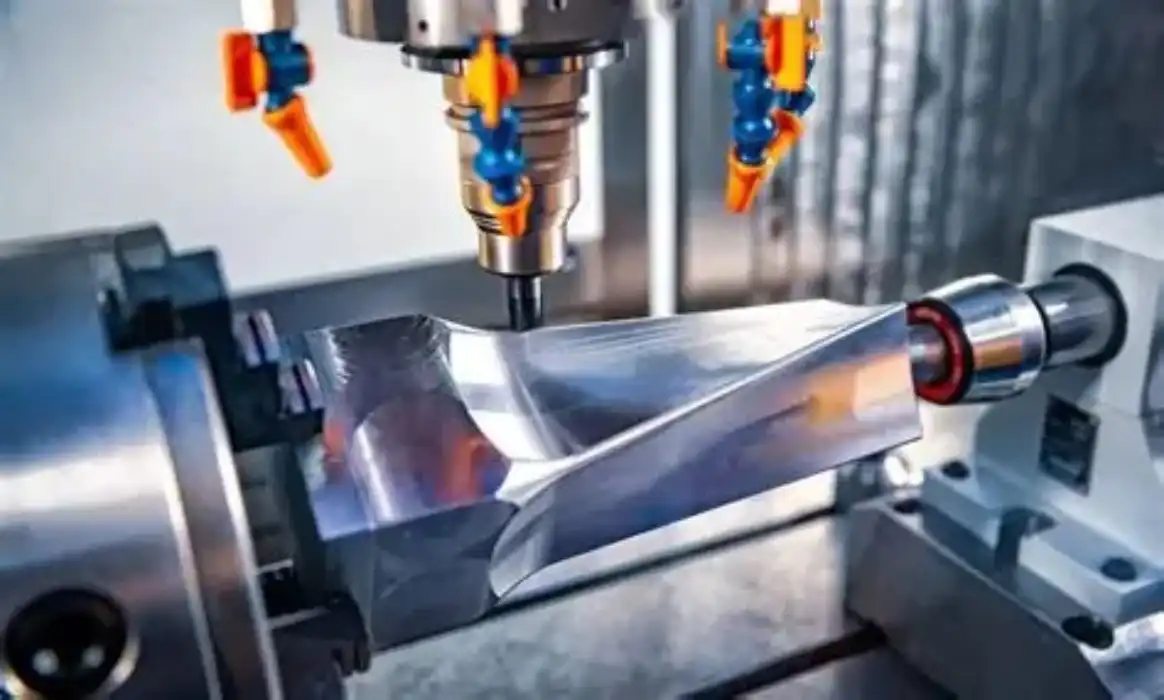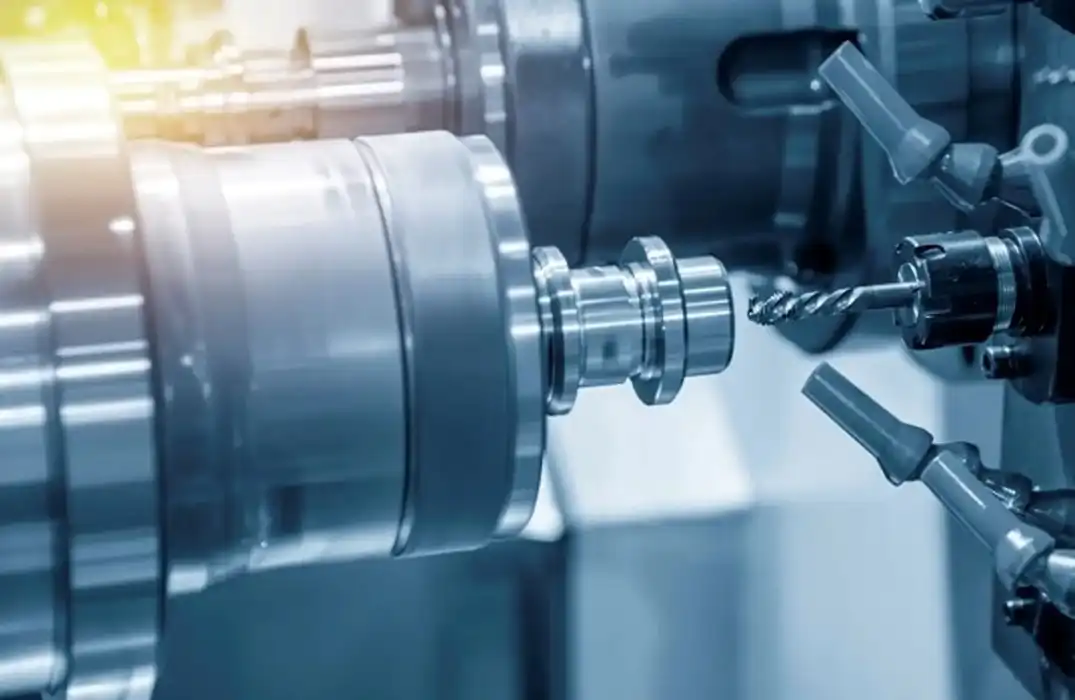Plastic Injection Molding or Sheet Metal Fabrication? Best Choice for Europe’s Needs
When it comes to manufacturing in Europe, both plastic injection molding and sheet metal fabrication offer distinct advantages. For high-volume production of complex plastic parts with tight tolerances, injection molding is often the most cost-effective choice. It allows for repeatable, precise parts with excellent surface finishes. However, sheet metal fabrication excels for lower volumes of metal components, offering faster turnaround times and lower upfront costs. The best option depends on your specific product requirements, production volumes, material needs, and budget. This guide will help European manufacturers determine whether injection molding or sheet metal fabrication is the optimal solution for their next project.
The Injection Molding Process: Benefits for European Manufacturers
Cost-Effectiveness for High-Volume Production
Injection molding is exceptionally advantageous for large-scale manufacturing of uniform plastic parts. Although the initial investment in mold design and fabrication is substantial, the cost per unit decreases significantly as production volumes increase. This makes it an ideal solution for European manufacturers aiming to produce thousands or even millions of components. The process ensures high repeatability and consistency, leading to reduced material waste and fewer defective parts compared to alternative manufacturing methods. As a result, injection molding often delivers the most economical option over the full production lifecycle.
Design Flexibility and Material Options
One of the key strengths of injection molding is the remarkable design freedom it offers. Complex shapes, fine details, and integrated assemblies can be efficiently produced in a single operation. Moreover, manufacturers can choose from an extensive selection of thermoplastic materials, including standard options like polypropylene and advanced engineering plastics with enhanced properties. This versatility allows European product designers to tailor parts to meet specific functional, aesthetic, and environmental requirements, supporting innovation across various applications.

Superior Surface Finish and Tolerances
Injection molding enables the production of parts with high-quality surface finishes directly from the mold, frequently eliminating the need for additional post-processing. The process also supports tight dimensional tolerances, generally within ±0.05mm to ±0.5mm, depending on part design and material. Such precision is especially valuable in European industries with demanding quality standards, such as automotive and medical devices, where component accuracy, appearance, and performance are critical.
Sheet Metal Fabrication: Advantages for European Manufacturing
Rapid Prototyping and Low-Volume Production
Sheet metal fabrication excels at quick turnaround times for prototypes and small production runs. With no mold required, parts can often be produced in days rather than weeks. This makes it ideal for European startups and small businesses looking to test designs or launch products quickly. The lower upfront costs also make sheet metal economical for annual production volumes up to a few thousand units.
Versatility in Materials and Finishes
A wide variety of metals can be fabricated using sheet metal processes, unlike injection molding, including steel, aluminum, copper, and more exotic alloys. This allows European manufacturers to select the optimal material for strength, weight, corrosion resistance, or other properties. Various surface finishes and treatments can also be easily applied, from powder coating to anodizing to plating.

Strength and Durability
Sheet metal parts offer excellent strength-to-weight ratios, making them suitable for structural applications. The fabrication process can also incorporate features like bends, flanges, and ribs to increase rigidity. For European industries like aerospace and defense that require high-strength, lightweight components, sheet metal fabrication is often the go-to choice.
Choosing the Right Process for Your European Manufacturing Needs
Production Volume Considerations
Production volume is one of the most critical factors in choosing between injection molding and sheet metal fabrication. For high-volume production runs in the tens of thousands or more, injection molding typically becomes more cost-effective. The higher initial mold costs are offset by the lower per-part costs and faster cycle times. However, for prototypes or annual volumes under 5,000 units, sheet metal fabrication often makes more economic sense due to lower tooling costs.
Material Selection and Properties
The material requirements for your product will heavily influence the choice of manufacturing process. Injection molding is ideal for parts that need the unique properties of plastics - such as electrical insulation, chemical resistance, or complex geometries. Sheet metal fabrication is better suited for components that require the strength, conductivity, or heat resistance of metals. Consider factors like operating environment, regulatory requirements, and end-use application when selecting materials.

Design Complexity and Tolerances
Injection molding can produce highly complex parts with intricate details, undercuts, and internal features that would be difficult or impossible with sheet metal. If your design requires tight tolerances (±0.1mm or less) or smooth surface finishes, injection molding may be necessary. Sheet metal fabrication is better for simpler geometries and looser tolerances, though advanced CNC equipment can achieve high precision when needed.
Conclusion
Both injection molding and sheet metal fabrication have their place in European manufacturing. Injection molding offers unparalleled efficiency for high-volume plastic parts production, while sheet metal fabrication provides quick turnaround and flexibility for metal components. The best choice depends on factors like production volume, material requirements, design complexity, and budget constraints. By carefully evaluating these factors, European manufacturers can select the optimal process to meet their specific needs and stay competitive in today's global market.
FAQs
What are the main differences between injection molding and sheet metal fabrication?
Injection molding is best for high-volume plastic parts, while sheet metal fabrication is ideal for lower volumes of metal components. Injection molding offers more design flexibility and tighter tolerances, but has higher upfront costs. Sheet metal fabrication provides faster turnaround times and lower initial costs.
Which industries commonly use injection molding in Europe?
Automotive, medical devices, consumer electronics, and packaging industries frequently utilize injection molding in Europe due to its ability to produce high volumes of precise plastic parts.
Is sheet metal fabrication suitable for prototyping?
Yes, sheet metal fabrication is excellent for prototyping due to its quick turnaround times and lower tooling costs compared to injection molding.
Expert Manufacturing Solutions for Europe | BOEN
At BOEN, we specialize in both injection molding and sheet metal fabrication to meet diverse European manufacturing needs. Our expertise spans various industries, offering high-quality prototyping and low-volume production. With state-of-the-art facilities and a skilled team, we deliver precision parts with rapid turnaround times. For tailored manufacturing solutions, contact us at contact@boenrapid.com and experience the BOEN advantage in bringing your designs to life.
References
1. European Plastics and Rubber Machinery Association. (2022). Injection Molding Market Trends in Europe.
2. Journal of Materials Processing Technology. (2021). Advances in Sheet Metal Fabrication Techniques.
3. European Manufacturing Survey. (2023). Comparative Analysis of Plastic and Metal Manufacturing Processes.
4. International Journal of Production Economics. (2022). Cost-benefit Analysis of Injection Molding vs. Sheet Metal Fabrication.
5. European Journal of Industrial Engineering. (2023). Material Selection Criteria for Injection Molding and Sheet Metal Parts.
6. Proceedings of the Institution of Mechanical Engineers. (2021). Design Optimization for Injection Molded and Sheet Metal Components.

How Can We Help?

Your Trusted Partner in Rapid Manufacturing.



